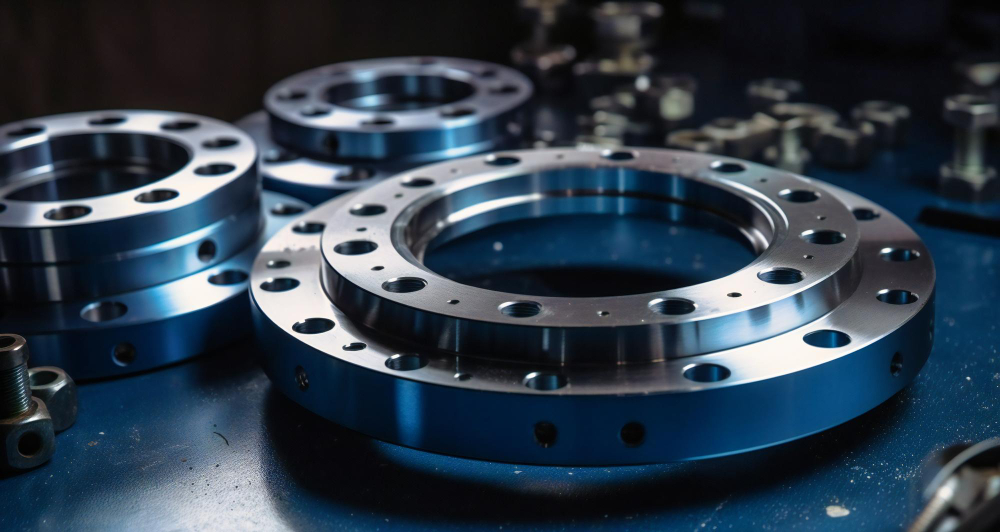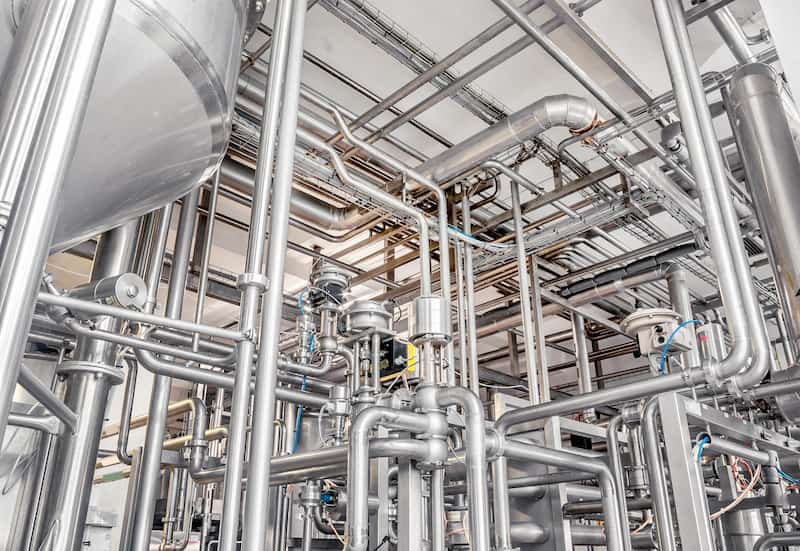
Industry based advantages and uses of valves:
What are valves in a piping system?
Every piping workflow incorporates the flowing of various fluids, gases and slurries. In these piping and plumbing systems, valves are mechanical equipment that are responsible for regulating and controlling the flow of the fluids, gases or slurries flowing otherwise. These valves used to control the flow of water in pipes are essential for controlling the pace, direction, and pressure of fluids. Used in diverse business verticals, these are entailed in diverse commercial, residential, and industrial application and in many different industries, including oil and gas, water treatment, manufacturing, medicines, and more.
Different types of industrial valves: Uses and advantages
1. Butterfly Valves:
Despite some control accuracy restrictions, the main purpose of butterfly valves is to regulate flow. Turning a handle via a 90-degree angle allows you to utilise them with ease. A metal disc that is perpendicular to the flow when the valve is closed is a feature of these valves. They give the ability to modify liquid flow by utilising partial rotations. Butterfly valves can be operated in manual, manual-aided, or pneumatic modes.
Advantages:
In industrial settings, butterfly valves are advantageous because of their excellent precision, robust reliability, and low maintenance requirements.
- They have the ability to properly control flow.
- The pipe system need not be disrupted to complete installation or removal.
Butterfly Valve uses: The sort of fluids that can be used with a valve vary depending on the material from chemically neutral fluids like water or oil to sludge, culinary goods, or pharmaceutical fluids. Some butterfly valves can also be specifically engineered to work with corrosive fluids. However, solid particles in the fluids make a butterfly valve unable to completely close, thus they must be avoided.
2. Globe Valves:
One of the most often used valve types in a variety of applications are globe valves. These valves use linear movement for flow modulation, comparable to gate valves. Their primary function is the regulation of pipeline flow, which is accomplished by putting a moveable disc (or plug) next to a fixed ring seat. Globe valves have less of a tendency to leak than other types of valves, which is a notable advantage.
Advantages:
- Globe valves have quicker opening and shutting speeds and excel at regulating flow because to its favourable full-closing property.
• It is easier to refine the seating surface of the body ring.
• They can be modified to function as stop-check valves.
• They guarantee effective shutoff capacities.
Globe valve uses: These valves are particularly ideal for controlling a fluid according to pipe pressure. The valve opening can be altered in accordance with pressure in many globe valve actuators thanks to the presence of a setting spring. The main function of global valves is throttling. They could be thought of as all-purpose flow controls that are employed in high-temperature situations.
3. Ball Valve:
Ball valves are, as the name implies, valves that use a ball to regulate the flow of fluids from one opening to the next. In order to control the passage of gas or liquid, these valves allow the opening to be open, blocked, or partially open. Ball valves are the best option for use with gases since they can provide more powerful tightness.
Advantages:
- They are the most affordable valves among all of the valves because of their compact, low-maintenance design that doesn't require oil.
- Ball valves have a number of benefits, but their biggest is that they have poor throttling characteristics, which can cause the seat to degrade quickly.
Ball Valve uses: Ball valves are devices designed to regulate the flow, pressure, and cessation of corrosive fluids, slurries, common liquids, and gases. Their uses go beyond the oil and gas industry to include a variety of manufacturing industries, chemical storage, and even residential settings.
4. Check Valves:
Non-Return Valve (NRV) is another name for check valves. They only allow liquid to flow in one direction and stop media from flowing backwards. Check valves are used to stop the system's process flow from reversing, which could harm equipment or disrupt the workflow.
Advantages:
- Backflow is prevented via check valves.
- They can withstand pressure, and check valves act as a safety net.
Check valve uses:
Due to their straightforward design and wide range of material alternatives, check valves are utilised in a wide range of industries and applications. They aid in maintaining pressure and preventing backflow. Check valves are frequently used in manufacturing, waste-water management systems, petrochemical, chemical, oilfield production, water, steam, refining petrol, and viscous fluids, among other industries.
Choose the right valves:
Above is list of majorities of types of industrial valves and its uses. However, before obtaining these, one must be sure about the pressure, temperature, size, diameters and other selection criteria’s that varies from type to type and from application to application. As the leading valve suppliers in UAE, we recommend buying these from credible suppliers like us; as we’ve got the required expertise, knowledge and solutions to all your piping requirements!
Related Articles
Brass Vs. Aluminium Camlocks: Choosing The Right Material For Your Application
Read MoreExploring the expansion of steel production in GCC and other emerging nations
Read MoreHow Structural Steel Helped The Majestic Architectures Around The World - Part 3
Read MoreHow Structural Steel Helped The Majestic Architectures Around The World - Part 2
Read MoreHow Structural Steel Helped The Majestic Architectures Around The World - Part 1
Read MoreAllowable & Galvanized Iron Pipe Fittings – Trusted Name For All The Pipe Fitting Needs
Read More


































































































































































